Physicists can’t agree.
Physicists define black holes according to their field’s needs.
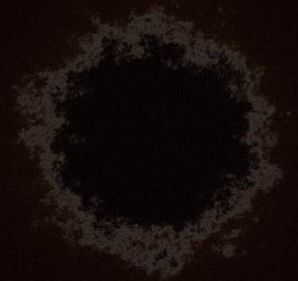
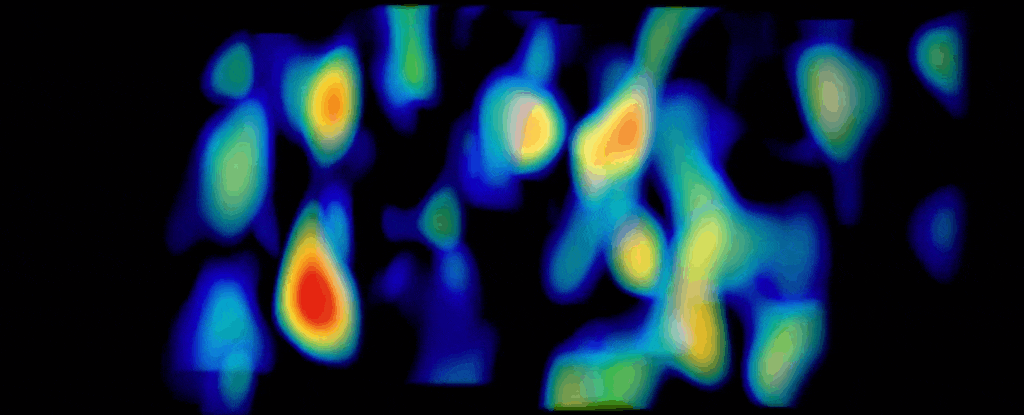
An invisible force is having an effect on our Universe. We can’t see it, and we can’t detect it — but we can observe how it interacts gravitationally with the things we can see and detect, such as light.
Now an international team of astronomers has used one of the world’s most powerful telescopes to analyse that effect across 10 million galaxies in the context of Einstein’s general relativity. The result? The most comprehensive map of dark matter across the history of the Universe to date.
It has yet to complete peer-review, but the map has suggested something unexpected — that dark matter structures might be evolving more slowly than previously predicted.

First Light Fusion is trying to generate energy using inertial confinement fusion. They spunout from the University of Oxford in June 2011.
First Light uses a high-velocity projectile (58 times the speed of sound) to create a shockwave to collapse a cavity containing plasma inside a ‘target’. The design of these targets is First Light’s technical USP.
The company’s approach was inspired by the only example of inertial confinement found on Earth – the pistol shrimp, which clicks its claw to produce a shockwave that stuns its prey. The only other naturally occurring inertial confinement phenomenon is a supernova. The reaction created by the collapsing cavity is what creates energy, which can then be captured and used.
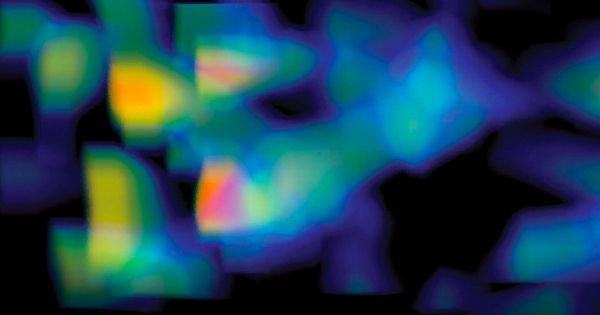
What they found was surprising. The new map, published on the preprint server arXiv, suggests that the huge structure of dark matter in the universe formed more slowly that previously believed — results that “appear to challenge current understanding of the fundamental laws of physics,” according to the press release.
Road Ahead
But before physicists throw out the rulebook, Hikage cautioned that the new map needs to be corroborated.
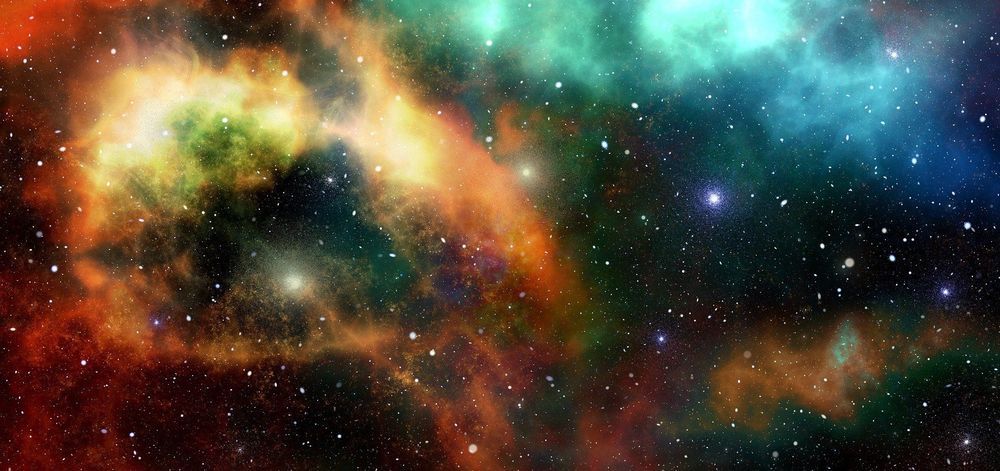
The history of the universe is predicated on the idea that, compared to today, the universe was hotter and more symmetric in its early phase. Scientists have thought this because of the Higgs Boson finding—the particle that gives mass to all other fundamental particles. The concept is that as one analyzes time back toward the Big Bang, the universe gets hotter and the Higgs phase changes to one where everything became massless. Now, physicists are presenting a new theory that suggests an alternative history of the universe is possible.

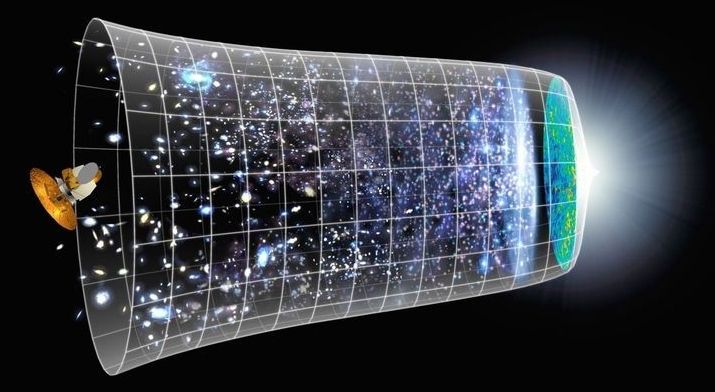
Why does time seem to move forward? It’s a riddle that’s puzzled physicists for well over a century, and they’ve come up with numerous theories to explain time’s arrow. The latest, though, suggests that while time moves forward in our universe, it may run backwards in another, mirror universe that was created on the “other side” of the Big Bang.
Two leading theories propose to explain the direction of time by way of the relatively uniform conditions of the Big Bang. At the very start, what is now the universe was homogeneously hot, so much so that matter didn’t really exist. It was all just a superheated soup. But as the universe expanded and cooled, stars, galaxies, planets, and other celestial bodies formed, birthing the universe’s irregular structure and raising its entropy.
One theory, proposed in 2004 by Sean Carroll, now a professor at Caltech, and Jennifer Chen, then his graduate student, says that time moves forward because of the contrast in entropy between then and now, with an emphasis on the fact that the future universe will so much more disordered than the past. That movement toward high entropy gives time its direction.
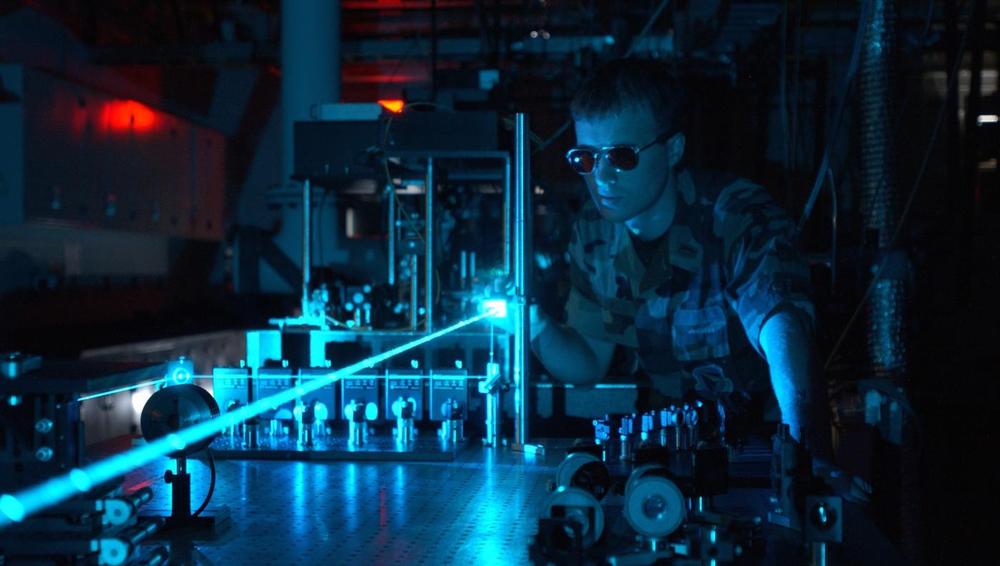
The most powerful laser beam ever created has been recently fired at Osaka University in Japan, where the Laser for Fast Ignition Experiments (LFEX) has been boosted to produce a beam with a peak power of 2,000 trillion watts—two petawatts—for an incredibly short duration, approximately a trillionth of a second or one picosecond.
Values this large are difficult to grasp, but we can think of it as a billion times more powerful than a typical stadium floodlight or as the overall power of all of the sun’s solar energy that falls on London. Imagine focusing all that solar power onto a surface as wide as a human hair for the duration of a trillionth of a second: that’s essentially the LFEX laser.
LFEX is only one of a series of ultra-high power lasers that are being built across the world, ranging from the gigantic 192-beam National Ignition Facility in California, to the CoReLS laser in South Korea, and the Vulcan laser at the Rutherford Appleton Laboratory outside Oxford, UK, to mention but a few.

US$190 million in investors’ money has been locked since Cotten died in December. His widow says she doesn’t know his passwords.
About US$190 million in cryptocurrency has been locked away in a online black hole after the founder of a currency exchange died, apparently taking his encrypted access to their money with him.
Investors in QuadrigaCX, Canada’s largest cryptocurrency exchange, have been unable to access their funds since its founder, Gerald Cotten, died last year.

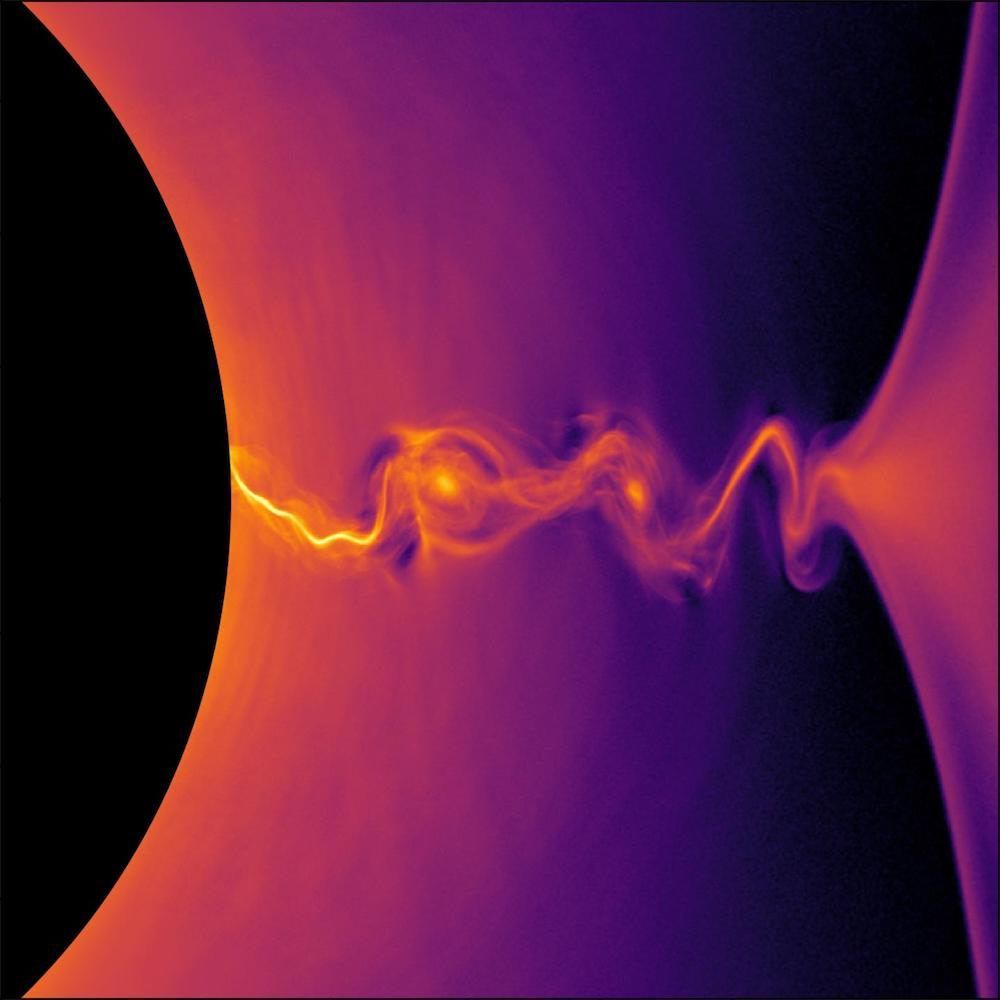
Stunning new images show how black holes produce tremendously bright jets millions of light-years long that can be seen across vast cosmic distances. The images were produced by a computer simulation and could help resolve an enduring mystery about how the jets form, the researchers behind the images said.
Despite their moniker, black holes aren’t always black. As a black hole consumes an object, gas and dust spins around the maw of the gravitational behemoth, and friction can heat the material on the edges to searing temperatures. This violent process creates lighthouse-like beams of charged particles that travel outward at near light speed, emitting radiation that can shine brighter than an entire galaxy. [11 Fascinating Facts About Our Milky Way Galaxy]
“They are like laser beams piercing the universe and allowing us to see black holes whose emission would otherwise be too dim to be detectable,” Alexander Tchekhovskoy, a computational astrophysicist at Northwestern University in Evanston, Illinois, told Live Science.